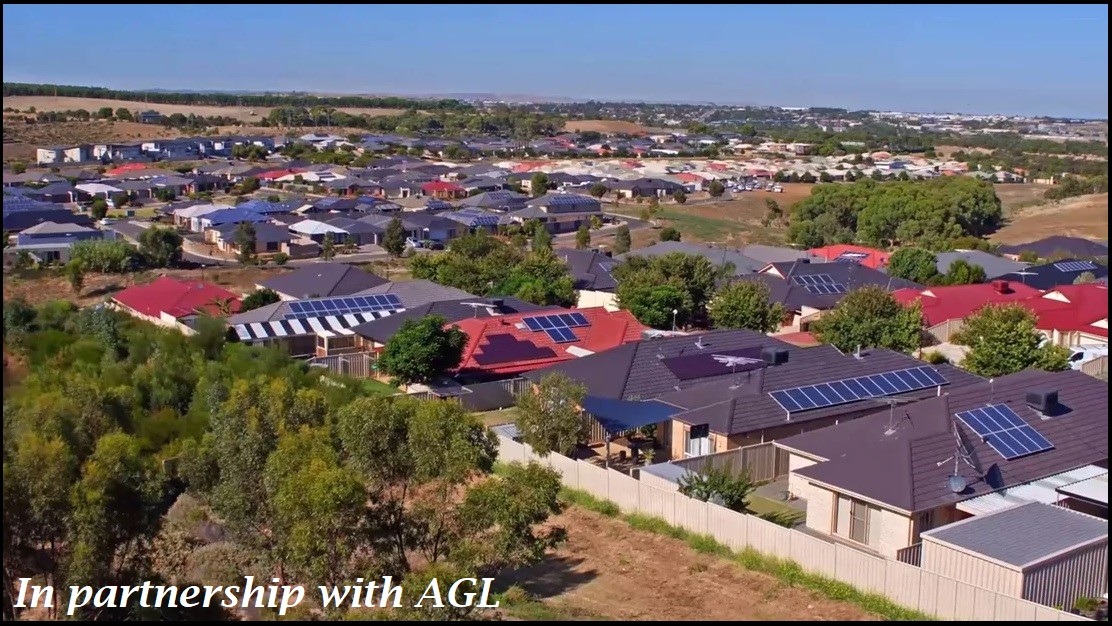This post is brought to you in partnership with AGL
A quarter of standalone homes in the National Electricity Market have solar installations – that’s 1.7 million homes. Bloomberg New Energy Finance forecasts that by 2023, Australia will be the most decentralised power system in the world; while CSIRO and AEMO conservatively estimate that by 2025, about 150,000 residential battery systems will be installed. That represents about 800 MW of capacity.
But how can orchestration help?
At a basic level, households with solar systems and batteries use them to supplement their own consumption – and the surplus energy they sell into the grid. This happens on an individual level, without orchestration, at an established price, otherwise known as a feed-in-tariff.
“But if the dispatch of that power can be organised, it can be used by households and any excess provided to the grid when energy is in high demand and needed most. This is orchestration.”
Orchestration to help with the peaks and troughs
Orchestration is important. The influx of utility, or large-scale, renewables combined with the rapid uptake of rooftop solar, has led to energy demand that is ‘peakier’.
This means a surplus of energy is generated during the day when there is a lot of wind and solar to carry load, followed by a sudden drop in supply when the sun goes down and everyone arrives home. This creates peaks and troughs in supply.
These peaks and troughs have prompted the need for ‘firming capacity’ or flexible energy supply that can be quickly activated to top up supply when it’s needed.
When organised and consolidated, residential batteries could contribute to this flexible supply. And that’s exactly how orchestration projects like AGL’s Virtual Power Plant program, can contribute to grid and system security.
The Virtual Power Plant
AGL has just completed the installation of the 1,000th battery in the Virtual Power Plant , or VPP.
“This milestone represents 5MW of dispatchable, firming capacity. The VPP is the largest of its kind in Australia – and was the first VPP-residential battery style project in the world to reach the 1,000-battery milestone.”
One piece of the puzzle
While orchestration projects like the VPP are important, providing benefits for customers and system security, we recognise that there’s no one solution for our distributed energy future.
Meeting the needs of our energy future, will be a combined effort across the energy supply chain with support and input from consumer groups and government.
We see competition and innovation as the primary way of meeting the challenges associated with distributed energy. The future will see more and more products and services like the VPP from lots of different parties enter the market, drawing on distributed energy to provide greater value to the grid, customers, and the broader market. This is a good thing.
As the Australian energy sector continues to transition, market design needs to strike the right balance between customer access and competition. This is for the benefit of all.









